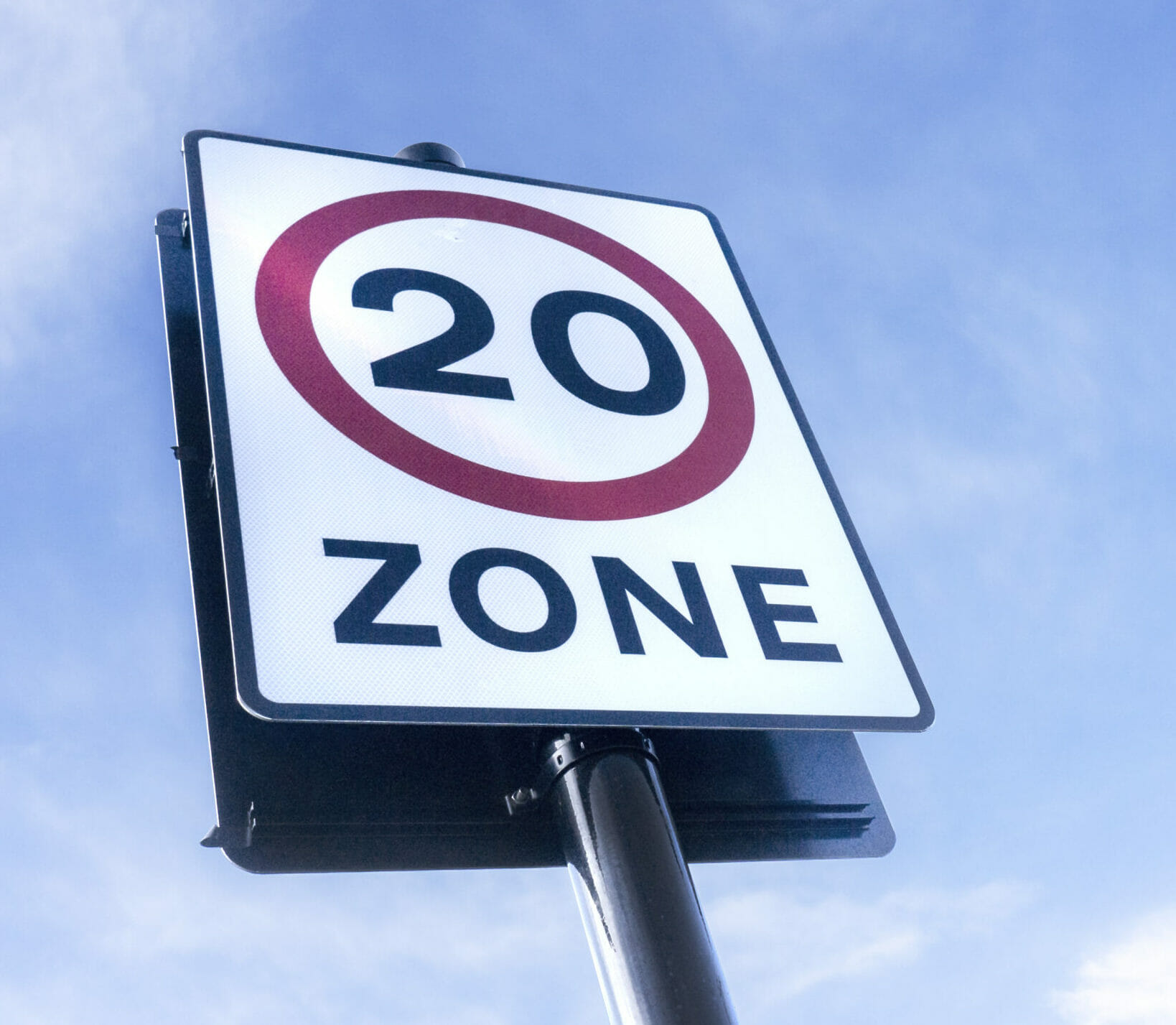It’s easy to lose track of your driving speed.
We’re all guilty of getting a little carried away when we’re running late, jamming to a favourite song, or in a bad mood – although this is absolutely no excuse.
The average modern car is becoming quieter and more comfortable with each passing year, which can easily disguise how fast you’re going.
However, there are things we can do to make sure we don’t break the speeding laws, and we’ve drawn up 10 handy tips to help you avoid doing so. See how many you can implement during your next driving lesson.
Watch your speedometer
It may sound the obvious answer, but it’s easy to lose focus when there’s so much to keep an eye on outside of the car. Be sure to glance down once in a while, especially after entering slower zones as your speed perception can be deceptive.
Be a sign-spotter
Get to know the speed limits in your local area before your test. If you already know the limits, you can concentrate on other important aspects of your test.
If your instructor takes you on an unfamiliar route, be sure to look out for the speed limit signs – specifically around junctions where they’re most commonly found.
Lamp posts are a hint
In most cases, if there are street lights then you’re in a residential zone and therefore a 30mph speed limit will be in place.
An increasing number of these areas are reducing to 20mph now too, so still, be sure to look out for signs.
It’s a limit – not a requirement
There’s nothing wrong with going slower than the speed limit; it’s not a target – regardless of what the driver behind you might think.
Use your due diligence. If you don’t feel safe at the limit or there are unusual distractions, just slow it down.
Country roads are a good example. They are usually just a single lane and a 60mph limit, but this does not mean you should be hurtling around blind corners just because it’s legal to. Drive at a safe speed and be wary of approaching motorists.
Sometimes, 20 is plenty
Schools, playing fields and quiet residential areas are much more prone to hazards like children chasing a rogue football.
The reduction in the damage you can cause doing 20mph instead of 30mph can be significant, so take it easy.
Use your gears
If you keep your car in third gear through 30mph zones, you’re less likely to accidentally creep over the limit. You’ll essentially have an audible cue from the engine when you’re getting too quick.
Why do you speed?
Be aware of what tends to make you speed and change those behaviours where possible.
If you’re the type to often be running late, address whatever is causing this. Prep your meals the night before. Stock up on cereal bars in case you sleep in too long. Find what works best for you.
Focus
As relaxing as a nice long drive can be, it’s important to maintain focus from start to finish.
Like we said before, remember to glance down at the speedometer regularly. Be aware of other traffic and all of your surroundings.
Always slow down for villages
It’s a simple rule to abide by – if you enter a village, slow down.
It’s almost a certainty that the speed limit has been reduced. Look out for the signs.
Enjoy yourself
There’s no reason why driving should ever stop being an enjoyable experience.
Rushing around is only ever going to make your journey stressful. Give yourself plenty of time to get to your destination. Relax. Have fun.
WeTrust is a nationwide community of hand-picked, trusted driving instructors. Book your first lesson with WeTrust Driving Lessons now.



